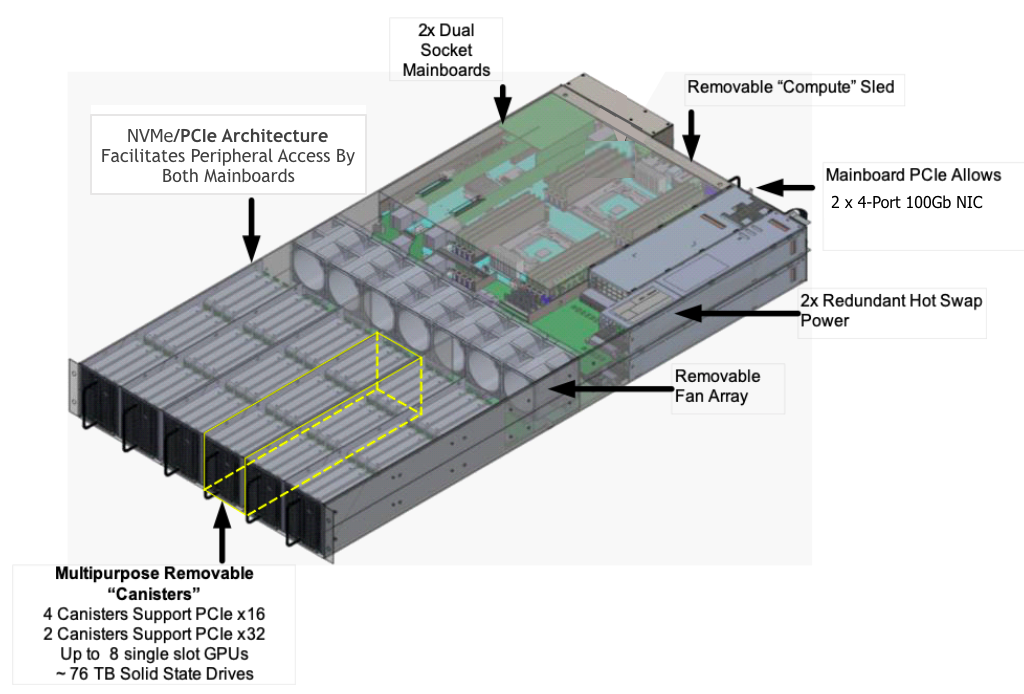Axellio has jumped onto the hyperconverged train with the FabrixXpress edge-computing appliance, a software-defined “datacenter in a box” for enterprises and service providers to build on-premises and hybrid integration with Azure.
But does the world need another HCI appliance? HyperGrid is moving away from its Hyper-V HCI system, leaving a market hole for Axellio to fill. Think Hyper-V, all-flash and iWARP – there is an unfilled niche here.
The appliance’s full name is FX-WSSD, standing for FabrixXpress Windows Server Software-Defined.

It’s an all-flash X86 box in a 2U chassis, using Windows Server 2016 and 2019, and by using NVMe over PCIe goes faster than the flash would lead us to expect. Axellio, a business unit of X-IO, says this make the most of virtual workload CPU performance improvements in Windows Server 2019.

The FX-WSSD uses Storage Spaces Direct, with claimed consistent and extremely low latency because it has a hypervisor embedded architecture, built-in read/write cache, and NVMe drives mounted on the PCIe bus.
According to Axellio this is designed to “scale in” – whatever that means – by converging storage and compute. It says storage, compute (XEON E5-26xx V4 family) and network bandwidth can be upgraded independently. The appliance supports multi-tenancy (of course) and is validated for the Microsoft WSSD reference architecture. A range of iWARP network adapters from Chelsio Communications is supported – iWARP is a protocol for delivering RDMA over TCP/IP.
A canned quote from ESG Senior Analyst Mike Leone points out the system “enables organizations to freely move workloads between Azure and the Axellio FabricXpress platform. Networking, mobility and scalability within the platforms are the types of differentiators that will speed further adoption on both the SMB and enterprise level.”
Although the base component is a 2U chassis, the FabricXpress WSSD’s multiple configurations start in a 4U, 4 node footprint, and they are available now. The 4U system has storage that scales from 12.8TB to 920TB and memory from 512GB to 4TB.








